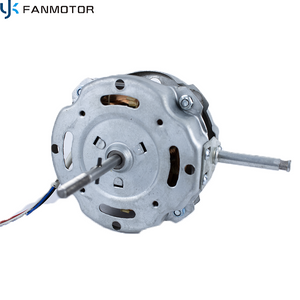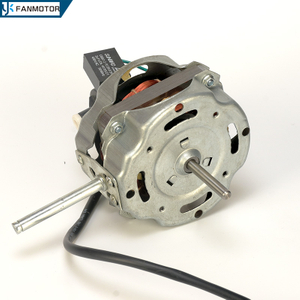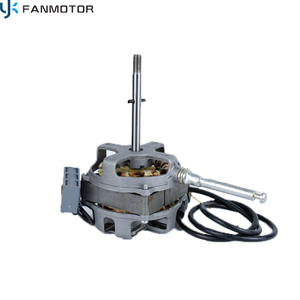Product Description
The industrial fan motor with a metal fan head is built for heavy-duty performance, featuring a 16mm shaft diameter and stator thickness of 20-24mm (silicon steel sheet material). Powered by copper wire windings, it operates on 220V/380V (50Hz) with 280-380W output, delivering 1400r/min rotation speed. Designed for noise-controlled environments (51-70dB), this motor includes a 3m power line for flexible installation in industrial setups.
Product Advantages
1. Heavy-Duty Metal Construction
The metal fan head and silicon steel stator ensure rugged durability, resisting high temperatures, vibrations, and mechanical stress in industrial environments. Ideal for 24/7 operation in workshops or manufacturing plants.
2. High-Power Performance
With 280-380W output and 1400r/min speed, this industrial fan motor delivers strong airflow for large-scale ventilation. The 3-speed adjustment allows precise control over air volume in warehouses, boiler rooms, or construction sites.
3. Premium Materials for Efficiency
Copper wire windings enhance conductivity and heat dissipation, while the silicon steel stator reduces energy loss. The result: consistent performance with lower maintenance costs compared to aluminum alternatives.
4. Noise & Installation Flexibility
Rated at 51-70dB, the motor balances power with noise control for semi-quiet industrial spaces. The 3m power line enables easy placement in hard-to-reach areas, minimizing setup complexity.
Product Parameters
Product name | Industrial fan motor |
Shaft diameter | 16mm |
Stator thickness | 20-24mm |
Stator material | Silicon steel sheet |
Wire | Copper wire |
Voltage | 220V/380V |
Frequency | 50Hz |
Power | 280-380W |
Speed adjustment | 3 Speed |
Rotation speed | 1400r/min |
Noise | 51-70dB |
Line length | 3m |
Product Application
1. Industrial production: For high temperature and equipment-intensive workshop environments, continuous ventilation and heat dissipation are provided to reduce the operating temperature of machinery, ensure stable operation of production line equipment, and improve the working environment of workers.
2. Warehousing and logistics: Promote air circulation in storage space, reduce moisture and odor accumulation in the cargo stacking area, assist the temperature control system to optimize the storage environment, and improve the ventilation efficiency of large warehouses/shelf areas.
3. Commercial kitchens: Efficiently exhaust the fumes, heat and odors generated by cooking, adapt to the harsh environment of high humidity and high fumes, and cooperate with the exhaust system to maintain clean kitchen air to meet hygiene standards and work comfort.
4. Construction sites: Temporary ventilation systems are built to quickly dispel pollutants such as welding fumes and cutting exhaust gases, provide heat dissipation and ventilation for temporary workshops and equipment sheds, and ensure air circulation and equipment heat dissipation needs during outdoor construction.




































